Last updated: Feb 13, 2021
Company : Amazon
CEO : Andrew Jassy
Year founded : 1994
Headquarter : Seattle, Washington United States
Business world has never been the same since the inception of Amazon. The e-commerce enterprise started as a bookstore in 1994 and found surprising popularity. Its success allowed it to expand and transform into the “everything store” in its literal sense.
Today, Amazon is widely considered as having the best online site available which even other competitor sites such as Walmart have not been able to catch up to since 2015. Amazon successfully
overtook Walmart into becoming the most valuable retailer in the USA. It became the largest Internet Company by revenue as well as the eighth largest employer in the US. It has since bought out Whole Foods in 2017 for $13.4 billion and increased its retailing presence.
Amazon has also launched its physical stores which enabled it in 2017 to garner 5 billion dollars in revenue. In 2020, Amazon is projected to increase its global market share of e-commerce sales to 38% from 37.3% in 2019. [1]
Amazon’s subscription service called Amazon Prime has also been a critical component in cementing its customer retention and winning over new customers in the process.
Amazon has adopted multiple marketing strategies to continue reaching out to new demographics via solid tech infrastructure and lowering of prices. These provide for a myriad of reasons as to why Amazon has continued to thrive and innovate throughout its operation.
It continues to adapt and undergo evolutionary changes to beat out its competition and remain at the pinnacle of its supremacy.
Business Model Canvas of Amazon
Known to be the largest online retailer worldwide, Amazon functions at a diverse pace in their product offerings. More and more customers access its sites to purchase the products they are looking for more so at an affordable rate.
1. Customers of Amazon
Both buyers and sellers can come together in Amazon’s platform considering how it is a mass market. Where its brand is concerned, anyone that inherits internet connection is a potential customer.
Amazon’s customer base is also its most loyal one. Millions of people across the world have a Prime subscription and pay their fee for its services respectively.
2. Value Proposition of Amazon
Competitive pricing, selection of goods, convenience and fast fulfillment all carry weightage to Amazon’s value.
The consumers who buy various goods on Amazon are directly responsible for their current successes. Amazon has cemented its position as providing a safe, reliable and well-stocked platform for shopping which is why they continue to utilize its services repeatedly. To boost sales during the holidays, Amazon holds Prime Day to kick start the holiday shopping season early. This annual shopping event offers products at throwaway prices, promotions, and discounts. [2]
The Amazon brand in and of itself cannot be replicated. It has remained consistently diverse and consistent throughout the years. The selection of goods it sponsors is authentic and widely sought after. It’s convenient, and fast-tracked services make for a robust strategy as well.
The convenience of Amazon’s deliveries was evident in 2020, with millions of customers turning to the e-commerce giant to avoid leaving the safety of their homes or venturing into crowded malls, supermarkets, and retail stores. [3]
3. Channel of Amazon
Amazon’s website operates as its largest channel. Different versions exist on its site that aids and abets customers worldwide. Nowadays, apps have been created to accelerate sales growth. Many affiliates have also taken their role in acting as a channel for Amazon like the Amazon Affiliate Program.
As of October 2020, Amazon has 14 e-commerce sites worldwide that offer its own products and marketplace products. Sales through Amazon’s sites totaled $340.4 billion in 2019, which is a 22.9% increase from $277.0 billion in 2018. Its global e-commerce sale is projected to reach $416.48 billion in 2020 as recent events push more consumers to e-commerce sites. [4]
4. Customer Relationships of Amazon
Amazon is a brand that is heavily invested in the retention of its consumers. It has enjoyed a healthy and productive relationship with its customers for a long period of time. Some of their customer interactions take place with the reviews or comments shoppers can leave on their webpage. Amazon also offers customer service through phone, online chat or email.
5. Key Activities of Amazon
Amazon’s key activities are as follows:
- Merchandising of its digital and physical goods.
- Development, design, and optimization of its Platform (website or apps).
- Manage supply chain and logistics
- Secure and build a partnership with its supplier and sellers
- Support the production of movies or show on its prime video platform
- Acquire new ventures to support its ecosystem
6. Key Resources of Amazon
Amazon’s physical resources such as fulfillment centers (warehouses), and supply chain automation help in its physical resources. Its technological infrastructure, in particular, is crucial for its everyday business model. The company recently announced that it is on track to open 33 new fulfillment centers in the US by the end of 2020 and has invested over $30 billion in sellers’ programs and technology to boost capacity and fulfillment services within one and a half years. [5]
The same is the case with its software engineers who are responsible for the creation of its online platform infrastructure. Much of the popular culture has also served the purposes of Amazon well where it is used to generate attractive product sales.
7. Key Partners of Amazon
Among Amazon’s key partners – Sellers are by far it’s most important who singularly generate the most revenue for Amazon. Other authors, publishers, and logistic partners increase its value and aid in the conversion of many people into customers. Amazon values such partners and has many times credited them for their assistance.
Their assistance was critical as recent events halted global supply chains. The events highlighted the importance of reliable partners. In Britain, online shopping spiked from 7% at the start of the crisis to about 15% in September 2020. The sudden increase prompted Amazon’s UK partner, Morrisons, to add more than 1,000 employees to process Amazon orders. [6]
8. Cost Structure of Amazon
Amazon’s cost structure is driven by value. It means that Amazon function on a system that only benefits them economically. It’s IT, and fulfillment centre is also a vital component in this regard as it enables Amazon to operate on a global scale. Other essential elements utilized in the cost structure of Amazon include its customer service centers as well as software development centers across the world.
9. Revenue Stream of Amazon
Prime remains Amazon’s primary Revenue Stream as it is accessible to more customers and in turn, generate the most revenue for them.
Other Amazon Revenue Models includes the Commission and Transaction Fees it makes from its products as well as the recent sale of E-books and digital content it has been utilizing in its sales.
How Does Amazon Make Money?
That fundamental question can be answered extensively owing to the different models the company operates on in terms of revenue.
Amazon Marketplace
The Amazon Marketplace, or rather the Amazon.com website is Amazon’s primary revenue generator with millions of people seeking to buy products on its site. Amazon Marketplace (amazon.com) is a world class e-commerce platform where products from Amazon and third parties are sold to the buyers.
Third party sellers whose function is to sell Amazon items are either Fulfilled by Amazon (FBA) or Fulfilled By Merchant (FBM). FBA goods are held in Amazon’s fulfillment centers where Amazon handles the delivery services. Sales revenue from third-party marketplace sellers make up the largest portion of Amazon’s worldwide sales and has grown rapidly from 34% in 2010, 58% in 2018, and over 60% in the year ending in May 2020. [7]
On the other hand, FBM goods are stored in a third-party seller’s inventory and delivered by a third-party merchant. Amazon also makes a substantial amount by charging its sellers to promote and advertise their products.
Amazon Prime
The subscription model that Amazon proceeded with has been a vital element in its growth strategy. It has led to more customers joining to gain memberships who then purchase the products en masse from online stores. The more products they purchase, the more revenue Amazon receives.
Prime has been a pioneer in providing its customers with faster delivery services via streaming. Its predictable and stable method of operation has established consistent income over time.
Some of the more prominent Amazon Prime Premium subscriptions offer to include:
- Twitch Prime
- Instant access to video streaming
- Free Two-Day Shipping with Amazon Prime
- Free unlimited photo storage
- Over two million songs on Amazon Music. Thousands of playlists and stations.
As of March 2020, Twitch Prime had 56,000 concurrent broadcasters and 1.44 million concurrent viewers on average. The number of unique Twitch broadcasters surpassed 4 million by April 2020. [8]
Amazon Web Services
AWS or the Amazon Web Services offered their IT infrastructure services in 2006. The Amazon web services stand today as one of the most scalable and reliable platforms in its entire industry. What makes it stand out is its low-cost infrastructure that connects limitless business worldwide. AWS continues to function as Amazon’s cloud business as well as providing computing for everyone be it startups or government institutions.
Amazon Kindle
Thanks to this e-readers series on Amazon, users can now buy, browse and download any newspaper, e-book, and magazine that want. All these are available at the Kindle Store.
The Kindle has been successful in winning over new users and converting them to buy Amazon products and content at an exceeding rate. Through this experience, users are then driven to opt for Prime. It usually comes with a Prime Trial which is free for approximately 30 days.
It’s important to note that Amazon does not generate profit from Kindles, at least not directly. It is more of effective planning that is solely responsible for increasing traffic of a membership plan. The effectiveness of this strategy signifies the innovative magnitude of Amazon.
Amazon Media and Content
The Amazon Company has already advanced to the next stage by entering the video and music marketing industry. This strategy has proven to be successful owing to the sizable revenue from which Amazon has accumulated since.
Amazon acquired IMBD in 1998 (Internet Movie Database) is considered to be the most popular TV, celebrity and movie content source today. IMBD generates its revenue via subscriptions, advertisements, and promotions.
Amazon’s music store called Amazon Music much like its competitors like Spotify, encourages users to subscribe to get their favorite music at an unlimited rate. The music subscription is offered at a fixed monthly cost.
In Conclusion
Amazon is an international enterprise that has become inseparable from the global economy. It has become more and more productive and has adapted throughout its inception with originality and unorthodoxy. It will continue to grow and remain supreme unless its competitors finally catch up to it.
So far, it is running unopposed and unparalleled. As long as it continues to develop new ideas and stay ahead of its competition, it is destined to remain at top.
References & more information
- Levy, A. (2020, Jun 10). Amazon Could Still Gain E-Commerce Market Share in 2020. Fool
- Data, T. (2020, Sept. 28). Amazon to hold the Prime Day event on October 13-14. Reuters
- Soper, S. (2020, May 13). Amazon Says Delivery Speed Returning to Normal After Coronavirus Crush. Time
- Droesch, B. (2020, Jul 9). Amazon’s worldwide sales will rise 20.2% this year as reliance on e-commerce grows. Business Insider
- Steiner, I. (2020, July 18). Amazon Adds 33 New US Fulfillment Centers in 2020. E-commerce Bytes
- Davey, J. (2020, Sept. 30). Britain’s Morrisons creates 1,000 jobs to process Amazon orders. Reuters
- Ali, F. (2020, Jul 22). US Amazon marketplace sellers sold 3.4 billion products in the last 12 months. Commerce 360
- Iqbal, M. (2020, July 23). Twitch Revenue and Usage Statistics (2020). Business of Apps.
Tell us what you think? Did you find this article interesting?
Share your thoughts and experiences in the comments section below.

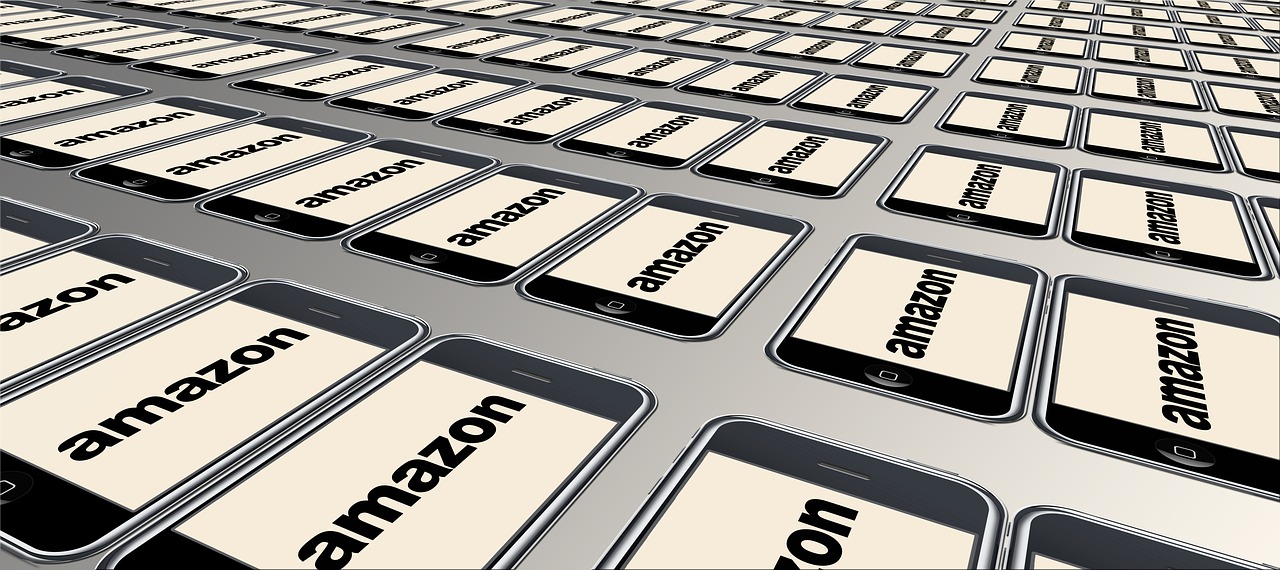
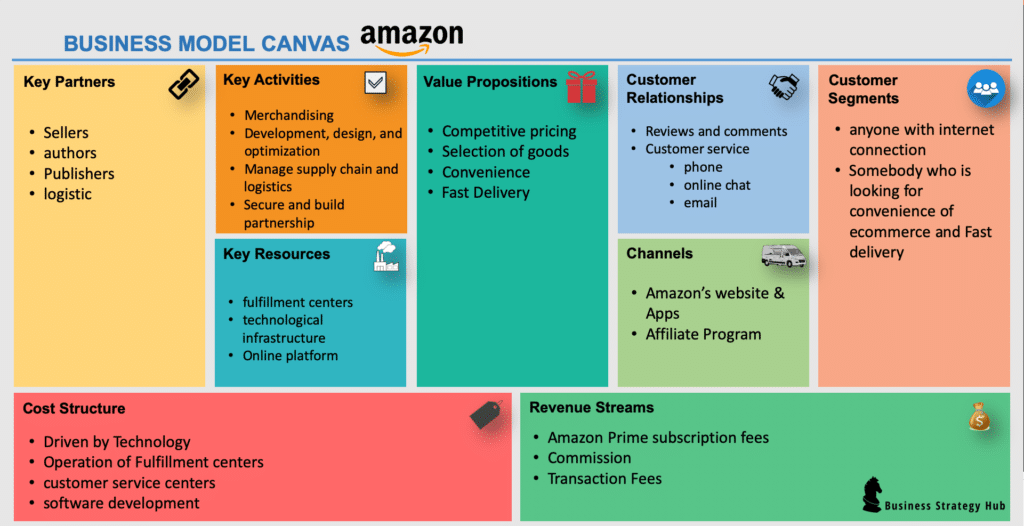
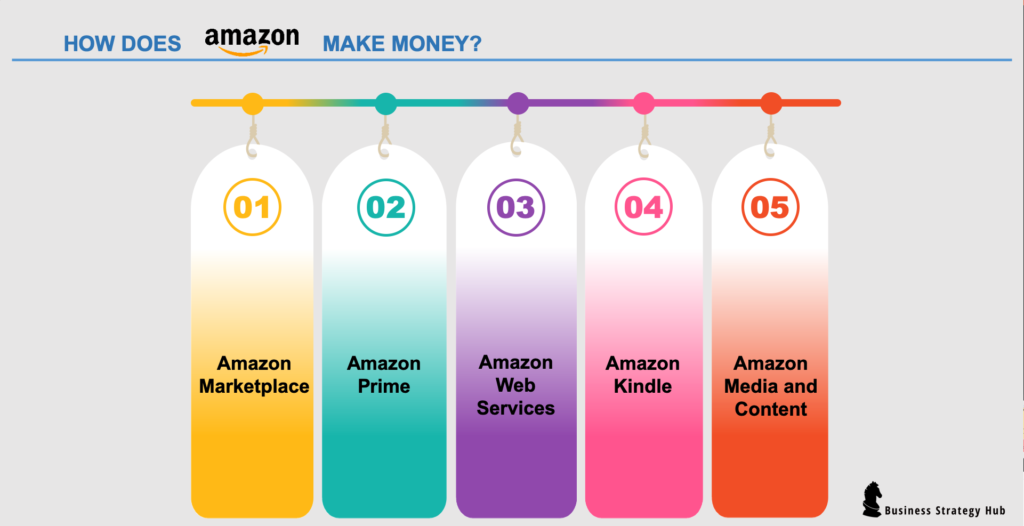

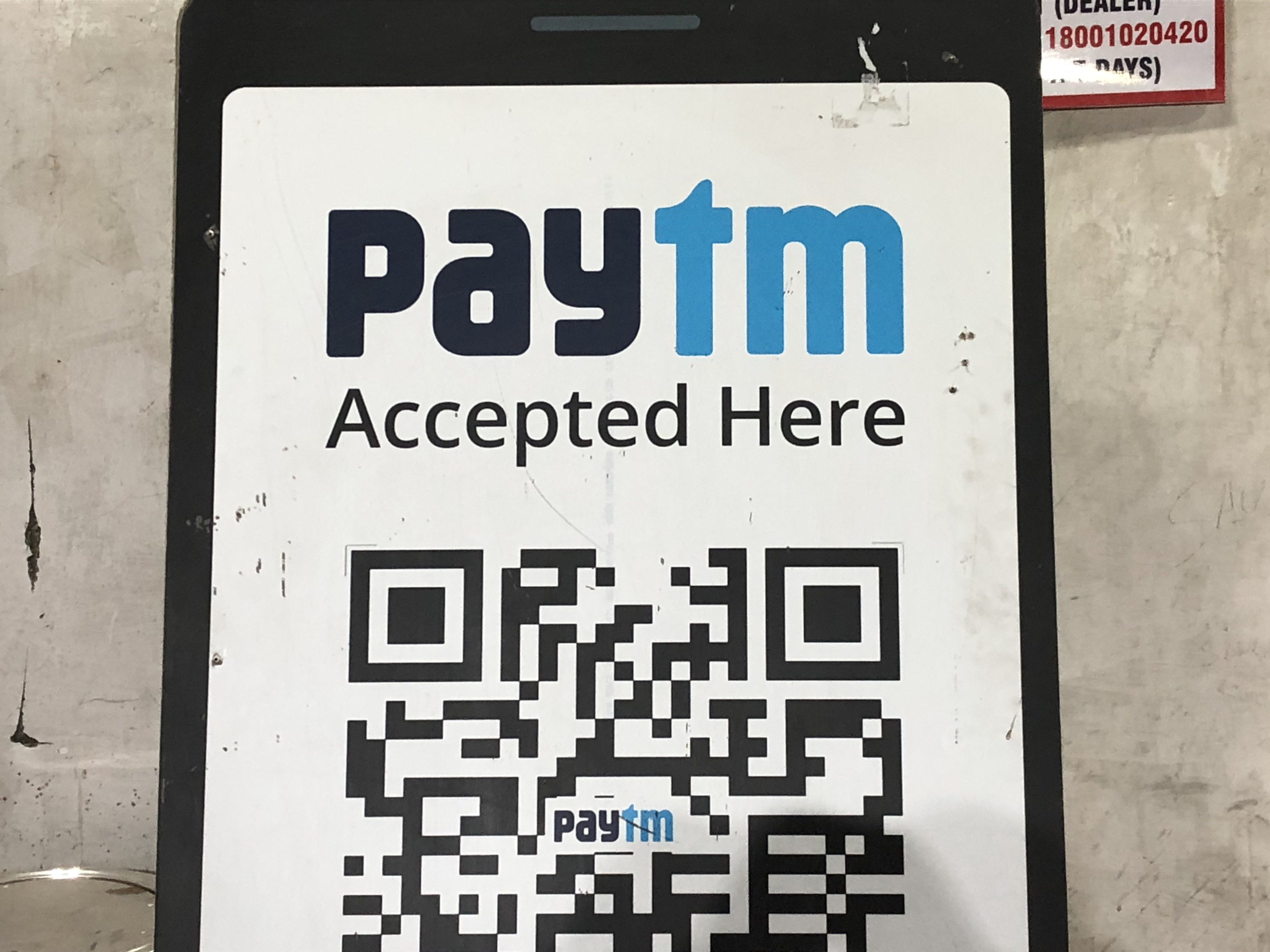





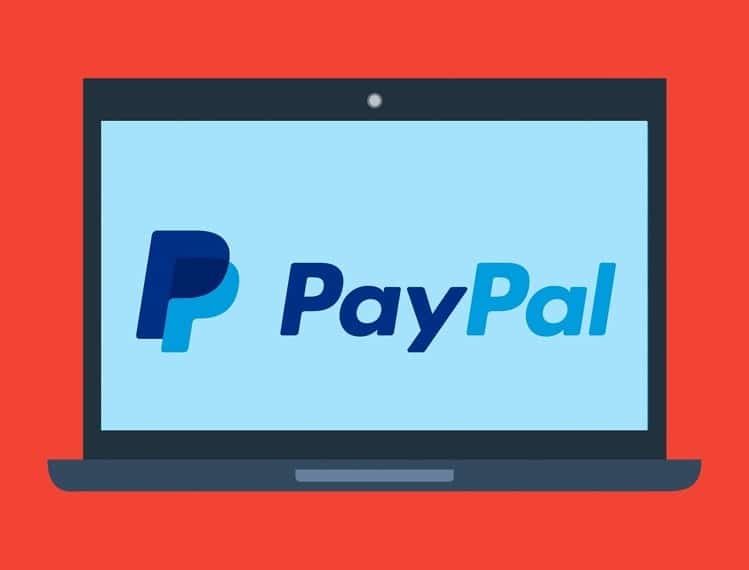


What month and year was this article published?
First published: Nov 11, 2018
Last updated: July 23, 2020
Thanks for insights